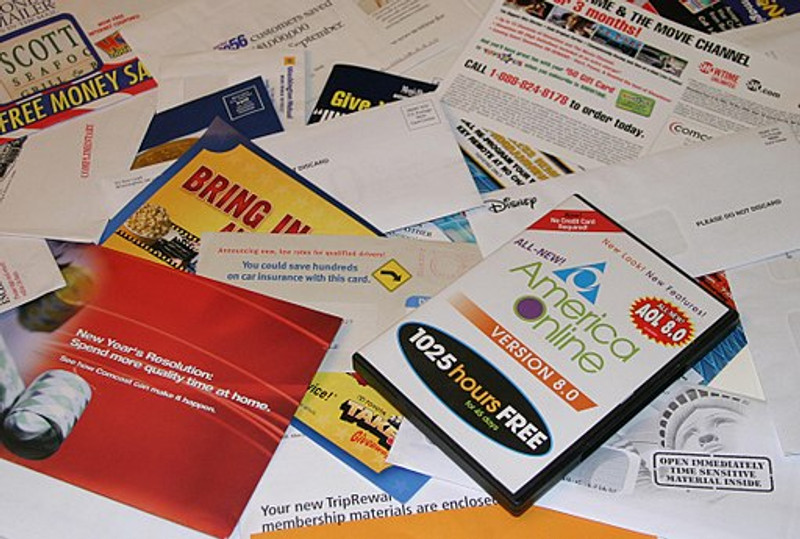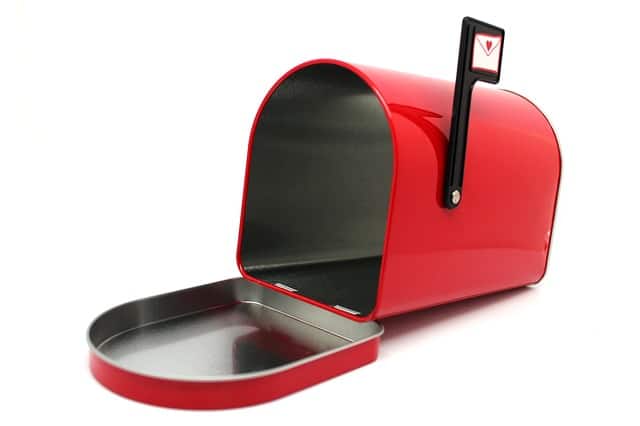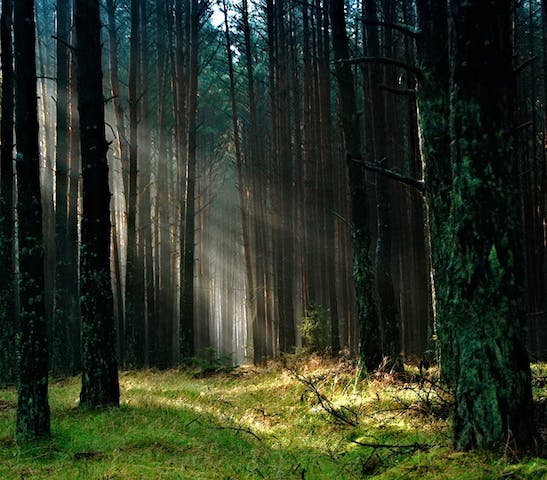
Seven Ways to Stop Junk Mail
Published by Anne Altor on Aug 23rd 2017
Junk mail
might be one of the most tragic uses of trees, creating unwanted paper trash that clutters mailboxes, recycling bins, landfills and streets.

Rocky Mountain National Park. Picture By Daniel Mayer (Mav)
The average US household,
according to NYU Law, receives more than 2 pieces of junk mail every day, which takes about 1.5 trees per year per household, a total of >100 million trees per year—"the equivalent of deforesting all of Rocky Mountain National Park every four months." (See the bottom of this post for the math).
Most junk mail is thrown away unread.
Rather than feeling powerless, what can we do to help keep forests from being ravaged for mail we don't want? Here are seven steps you can take today to reduce the flow of junk mail into your mailbox:
- Register with Catalog Choice. This non-profit is a free service that helps you cancel catalogues and other junk mailings. Many or most national catalogues can be canceled through their website.
- Use DMAchoice. The Data & Marketing Association (DMA), founded in 1917, is the "leading trade association for businesses and non-profit organizations that send direct mail." This direct mail includes credit offers, catalogs, magazine offers, donation requests, retail promotions, and bank offers. DMAchoice claims that DMA "represents about 80% of the total volume of marketing mail in the United States." Companies buy or rent "prospect lists" from the DMA to identify people who might be interested in their products. For example, furniture stores might buy addresses of people who recently moved into a new house/apartment. The DMA opt-out service puts you on a "Do Not Mail" list. DMA members must remove all addresses on this list from their mailings. There is a $2 fee for the opt out service.
- Stop receiving credit card offers: OptOutprescreen.com enables you to quickly and easily opt out of receiving credit and insurance offers.
- Stop direct mailings from Redplum: If you don't want your mailbox cluttered with this newspaper-sized advertisement, you can go straight to this website and unsubscribe from their list.
- Opt out from Abacus Alliance/Epsilon Data Services, which works with corporations to help them "use the country's most comprehensive transactional database of actively buying people to grow your business." If you don't want to be bought, send an email to optout@epsilon.com with "" in the subject line. In the email, request to "" and include your full name and address.
- Get on the National Do Not Mail List. Directmail.com helps companies find purchasers for their products: "For more than 40 years, DirectMail.com has helped clients develop impactful, multi-channel, data-driven campaigns with pin-point accuracy." If you're tired of being pin-pointed by advertisers, you can get on the National Do Not Mail List. You have the option to continue receiving any type of solicitations you might want, or you can opt out of all solicitations with one click. Businesses are not required to remove people who register for the Do Not Mail List from their mailing lists. However, since every mailing costs money, some companies may honor opt-out requests.
- Call to stop local junk mail: For mailings from local companies that can't be stopped by the options above, call the number on the catalog or solicitation and ask them to take you off their mailing list.
A few more details
You may need to unsubscribe all variations of your name or the names of people in your household to stop the flow of junk mail. These opt-out services might not stop ALL junk mail, but once they take effect they'll save you time by not having to deal with so much junk, and you'll be helping to keep trees from being senselessly cut down.


*Checking the math on the Rocky Mountain National Park (RMNP) statistic: a healthy older growth forest may have around 50 trees per acre, while younger forests can have hundreds of trees per acre. Rocky Mountain National Park is 265,873 acres. The average density of trees bigger than 1 inch in diameter in RMNP from 1998 to 2013 was 472 stems/hectare, which is 191 trees/acre. So 100 million trees per year cut for junk mail is the equivalent of cutting down a forested area the size of RMNP every six months.
